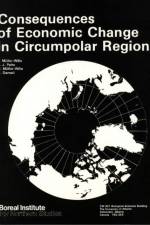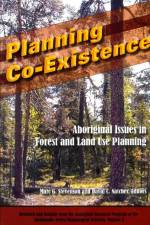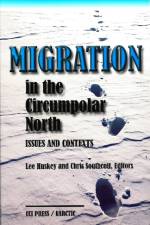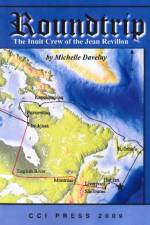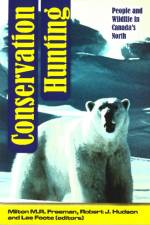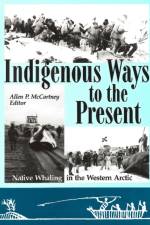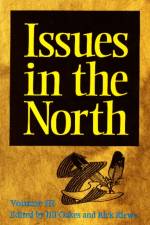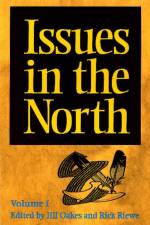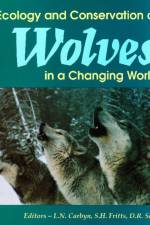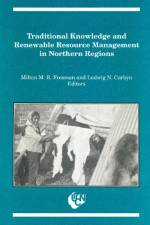787
A compilation of highly sought-after research focusing on wolf management and recovery programs in North America. Reviews the status of wolves in Canada, the United States, Greenland, and the Trans-Himalayan region. Specific chapters address several themes: historical perspectives and the evolution of wolf-human relationships; the status, biology, and management of wolves; restoration, reintroduction, and control programs; wolf-prey dynamics and implications of conservation practices; behavior and social interactions; taxonomy; diseases and physiology; and, research and management techniques. Proceedings of the Second North American Symposium on Wolves, 1992. Papers by: L. Boitani; F.F. Gilbert; R.D. Hayes and J.R. Gunson; F.L. Miller; R.O. Stephenson, W.B. Ballard, C.A. Smith, and K. Richardson; U. Marquard-Peterson; R.P. Thiel and R.R. Ream; P. Schullery and L. Whittlesey; C.E. Kay; D. Dekker, W. Bradford, and J.R. Gunson; J.L. Fox and R.S. Chundawat; S.H. Fritts, D.R. Harms, J.A. Fontaine and M.D. Jimenez; D.K. Boyd, P.C. Pacquet, S. Donelon, R.R. Ream, D.H. Pletscher, and C.C. White; D.R. Parsons and J.E. Nicholopoulos; A.P. Wydeven, R.N. Schultz, and R.P. Thiel; M.K. Phillips, R. Smith, V.G. Henry, and C. Lucash; R.P. Thiel and T. Valen; D.R. Seip; F. Messier; M.S. Boyce; D.J. Vales and J.M. Peek; B.W. Dale, L.G. Adams, and R.T. Bowyer; L.D. Mech, T.J. Meier, J.W. Burch, and L.G. Adams; L.G. Adams, B.W. Dale, and L.D. Mech; D.C. Thomas; D.R. Klein; C.S. Asa; C.S. Asa and L.D. Mech; T.J. Meier, J.W. Burch, L.D. Mech, and L.G. Adams; G.J. Forbes and J.B. Theberge; R.O. Peterson; T.K. Fuller; S.G. Fancy and W.B. Ballard; C. Vila, V. Urios, and J. Castroviejo; R.E. Anderson, B.L.C. Hill, J. Ryon, and J.C. Fentress; W.G. Brewster and S.H. Fritts; R.M. Nowak; R.K. Wayne, N. Lehman, and T.K. Fuller; R.M. Nowak, M.K. Phillips, V.G. Henry, W.C. Hunter, and R. Smith; C.J. Brand, M.J. Pybus, W.B. Ballard, and R.O. Peterson; M.R. Johnson, T.N. Bailey, E.E. Bangs, and R.O. Peterson; M.D. Drag, W.B. Ballard, G.M. Matson, and P.R. Krausman. W.B. Ballard, D.J. Reed, S.G. Fancy, and P.R. Krausman; W.B. Ballard, M.E. McNay, C.L. Gardner, and D.J. Reed; D.A. Haggstrom, A.k. Ruggles, C.M. Harms, and R.O. Stephenson; H.D. Cluff and D.L. Murray; R.D. Boertje, D.G. Kelleyhouse, and R.D. Hayes; R. Reid and D. Janz; R. Coppinger and L. Coppinger; P.L. Clarkson; L.D. Mech; Epilogue by M. Hummel



